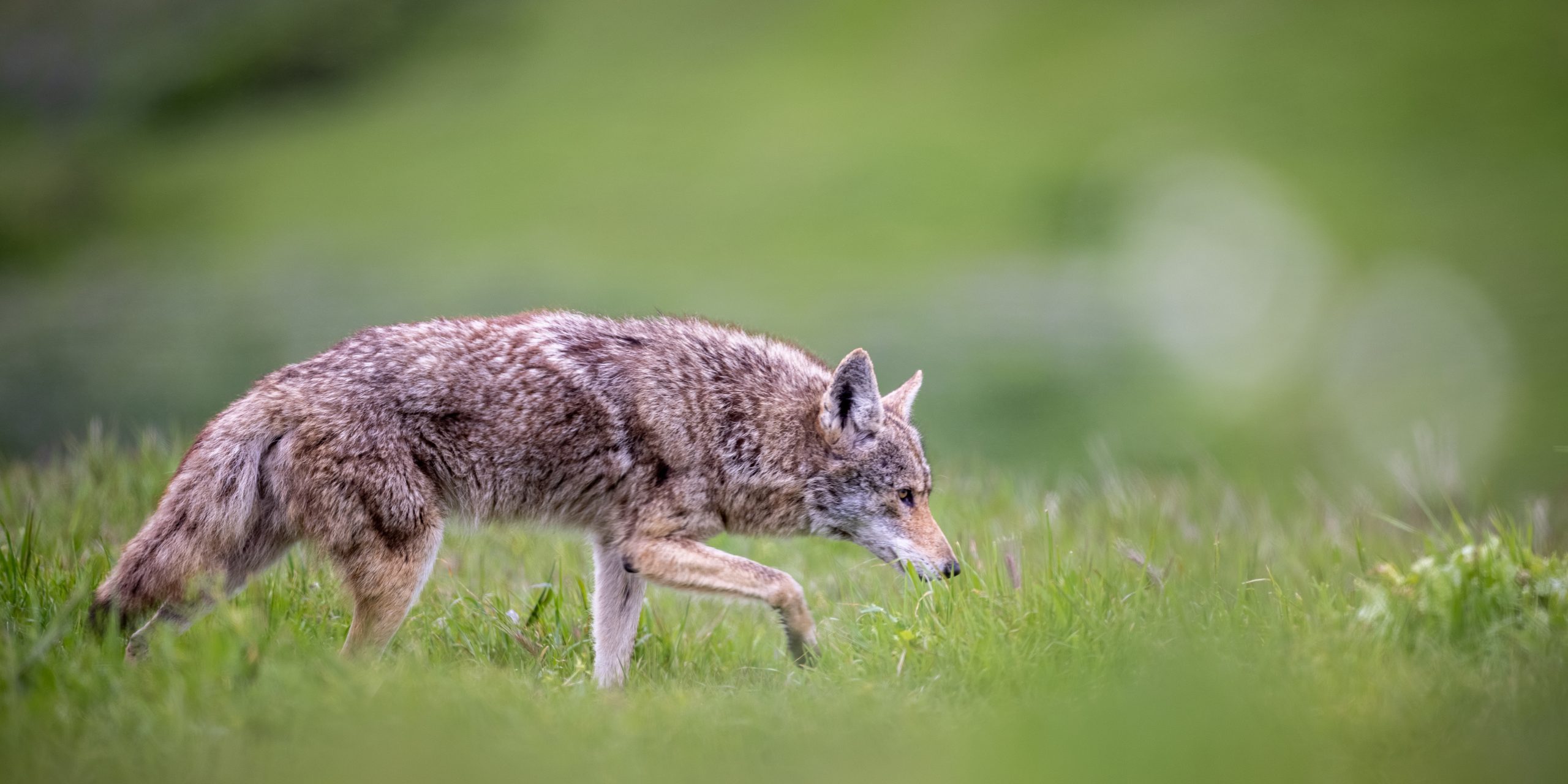
31 Oct When Fundraisers Leave and Other Scary Thoughts
31 October 2023
By David Allen, Development for Conservation
BOO!
Happy Halloween! Here’s a scary thought: What would happen if your primary fundraiser were to leave suddenly?
It’s almost cliché to say that fundraising is about relationships, but the truth is that few of us have really embraced what that means. And that’s because we’re still mired in organization-centric thinking – instead of donor-centric.
So let’s revisit that.
From an organization-centric point-of-view, someone (you?) have a list of people you stay in touch with. You touch base periodically. Send them updates. You seek them out at events. You send them stuff. You invite them to stuff. You like them – they like you. You have fun together. And when you need something, you call them. You shake the money tree.
The more people you know, the more money you can raise, the more projects you get funded and done, the more confident you become in your position. All is good, right?
Yes – except for the organizational vulnerability part.
Come again?
There are a fair number of land trust executive directors who have been in their positions between fifteen and twenty-five years. Ten years ago, there were even more. They were either founders or perhaps first executive directors. (Some were both.)
They are cowboys. Heroes. Thrust into jack-of-all-trades positions, they are still there all these years later, at least in part because they made things work. They got things done. They found the people who could help them and built the relationships they needed. Many (not all) held information in their heads instead of in the organization’s files. Because it’s more efficient. When you want to go fast, go alone …
Organizational success is their success. The relationships are their relationships.
And now they are retiring. The world is moving on.
See the problem? Not to devalue what has been accomplished by any measure – these pioneers really are conservation heroes. But the work lasts into perpetuity. Not one of us will. What are we doing NOW to ensure that our legacies will not crumble when we retire?
DONOR-CENTRIC means that we understand donors as critical parts of the organization. Critical players in the land trust’s success. We understand that they are giving for their own reasons – reasons not necessarily related to making us look good.
Donors give – and I’m talking about donors at ALL levels of giving – because THEY want to get something done. Or they want to feel a certain way. Or they want to belong.
They choose to give to the land trust, at least in part, because the land trust is a way to make these things happen. They will continue to give for years because the land trust is communicating back to them that it’s working – that they are getting things done they care about. That they belong. And that it feels good.
It’s a relationship with the organization. And it’s independent from the relationship they might have with any one person associated with it. Even the tenured Executive Director / cowboy / hero.
We (all staff and Board members) are stand-in “faces” of those relationships at any given point in time. We are connectors between the donors and the organization. To the extent there is just one connector, the land trust is vulnerable. To the extent donors are connected through multiple “faces,” the organization is increasingly resilient and sustainable.
If you are reading this, and you are a primary connector – a primary fundraiser – there are three things you should consider (if you are not doing so already):
- Systematically record as many details of your relationship as possible on paper and/or in the electronic files. Keep in mind that the people who follow you will want what’s in your head, to be sure. But they will also want to know details from the donors – what they said, wrote, felt, or did.
- Systematically introduce donors to other land trust people – particularly Board members, but also staff, volunteers, and other donors. Create these opportunities intentionally, and not just when you need money. Coach the others in building relationships independent of yours. (They will need coaching in record-keeping also!)
- Make one-on-one solicitations relatively rare. Always take someone with you if at all possible.
If you are reading this and you are NOT the primary fundraiser, take the initiative.
- Show a willingness to get involved with donors instead of relief that you don’t have to.
- Offer to accompany the primary fundraiser on donor visits.
- Make thank you phone calls and keep good notes for the files. Try to all the same people every year.
- Seek specific people out at events (and NOT just your fellow Board members!)
As we collectively round off October and head into the busiest time of the fundraising year, ask yourself who else you might be able to get involved.
Help make the future of conservation a bit less frightening.
Cheers, and have a great week!
-da
PS: Your comments on these posts are welcomed and warmly requested. If you have not posted a comment before, or if you are using a new email address, please know that there may be a delay in seeing your posted comment. That’s my SPAM defense at work. I approve all comments as soon as I am able during the day.
Photo by World Wildlife courtesy Stocksnap.io



Sorry, the comment form is closed at this time.